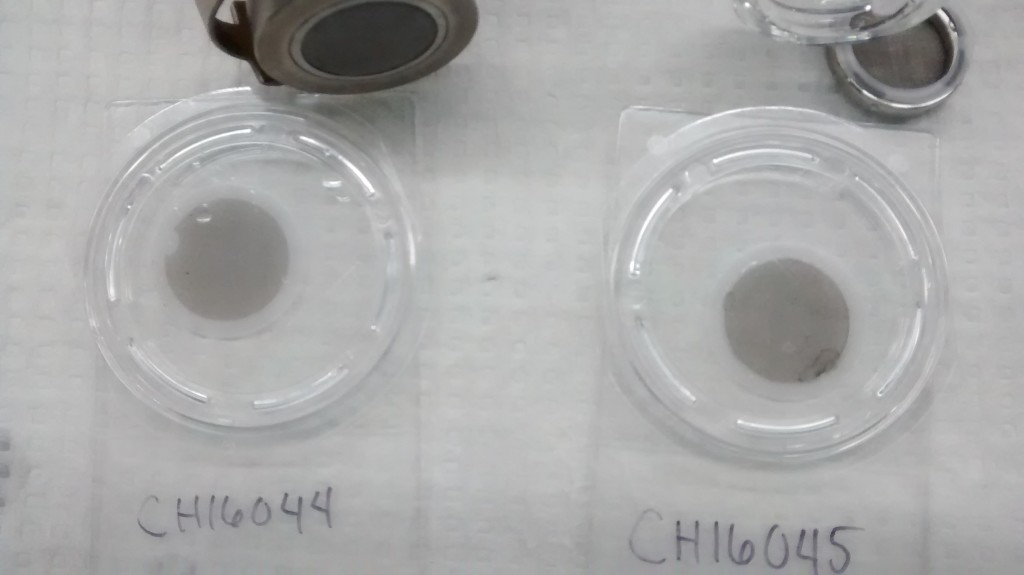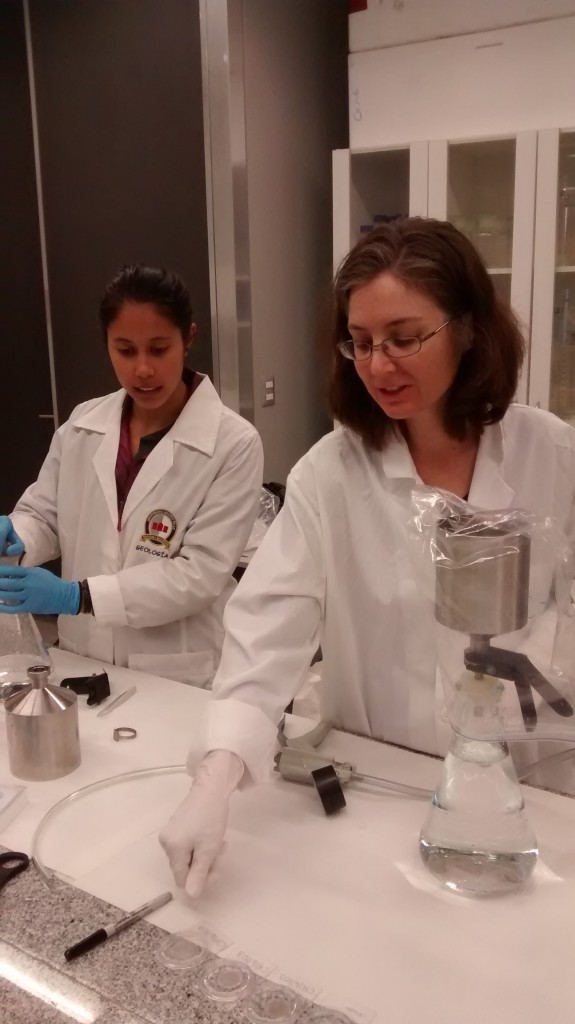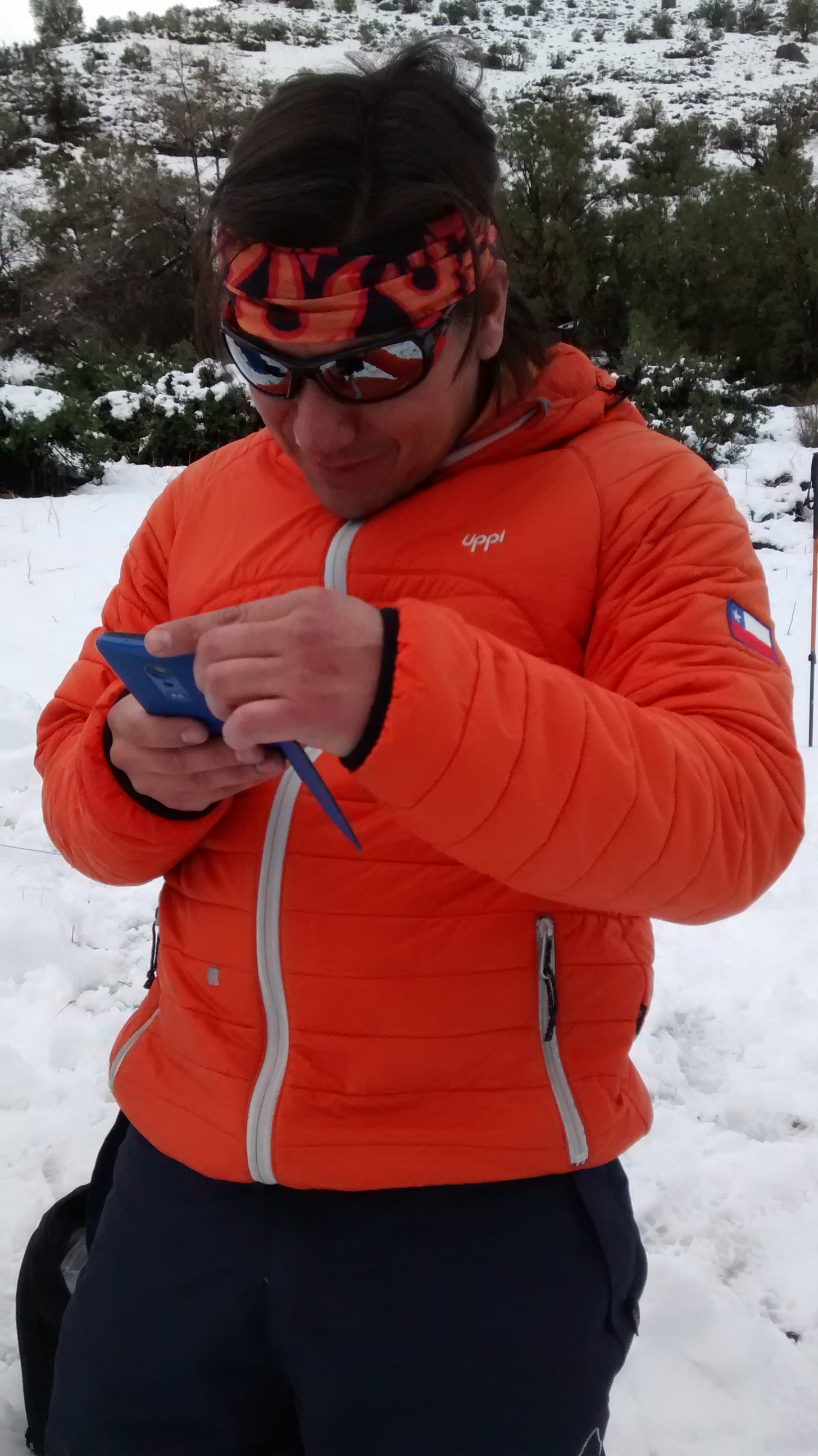Looking for black carbon on white snow in the Chilean Andes
It may seem strange but it is precisely that element which Dr. Steven Neshyba was looking for in Chilean glaciers during his four months stay in our country as a Fulbright US Scholar arrived in 2016 from the Department of Chemistry of the University of Puget-Sound. He worked closely with Prof. Raúl Cordero from Universidad de Santiago and Director of the Antarctic Research Center.
His project aimed at developing a comprehensive understanding of the presence of carbon in glaciers in the Andes and the research work focused on filtering snow darkened by black carbon, conducting analysis of the resulting filters and further meteorological analysis in order to identify the origin of the carbon.
That said, the in situ sampling took place over a single winter month, July, and on half of the sites listed in an inventory of forty glaciers compiled by the Chilean Laboratorio de Glaciología. They focused on glaciers in north – central Chile. The group led by Professor Neshyba and colleagues from USACH worked in the area of Yerba Loca.


They also plan on a “teaching component that aims at developing expertise in emerging computational environments for scientific computing as applied to light-scattering and absorbing properties of snow. It consists of two upper undergraduate/graduate-level courses aimed at familiarizing students with powerful emerging scientific computer programming tools.
Both courses will be taught in a blended format combining conventional lectures with “flipped classroom” techniques. These courses will provide avenues to computational literacy that complement and enhance the existing physics curriculum at USACH. The long-term goal of both components is improved infrastructure for climate research in Chile.”

